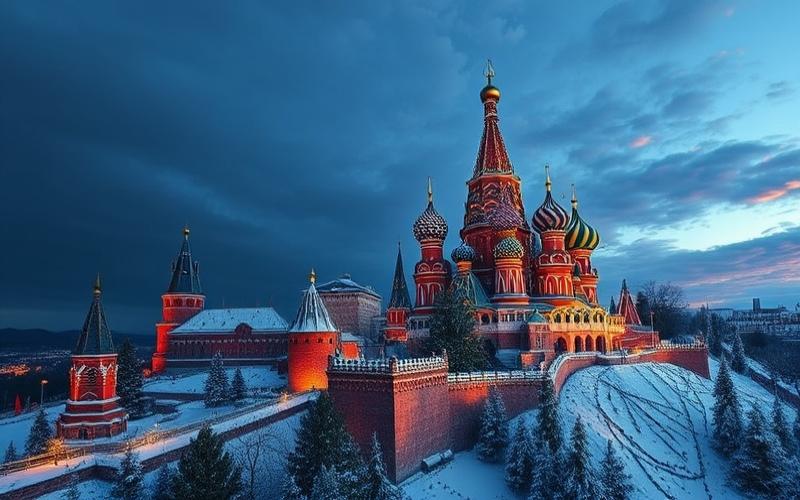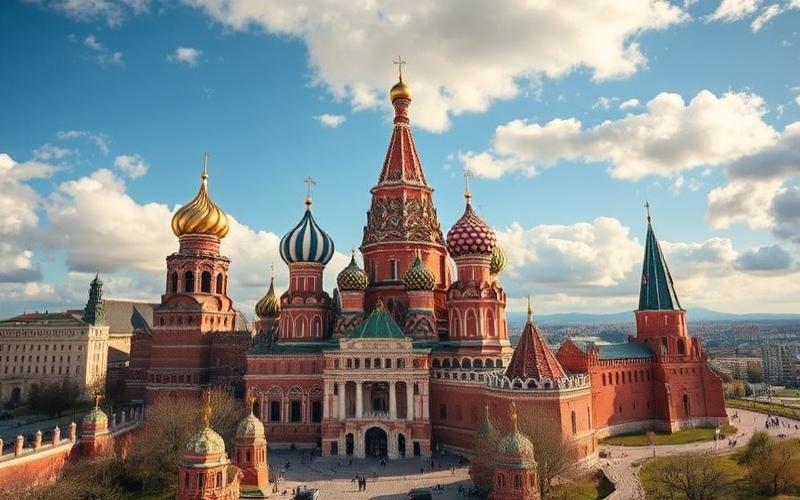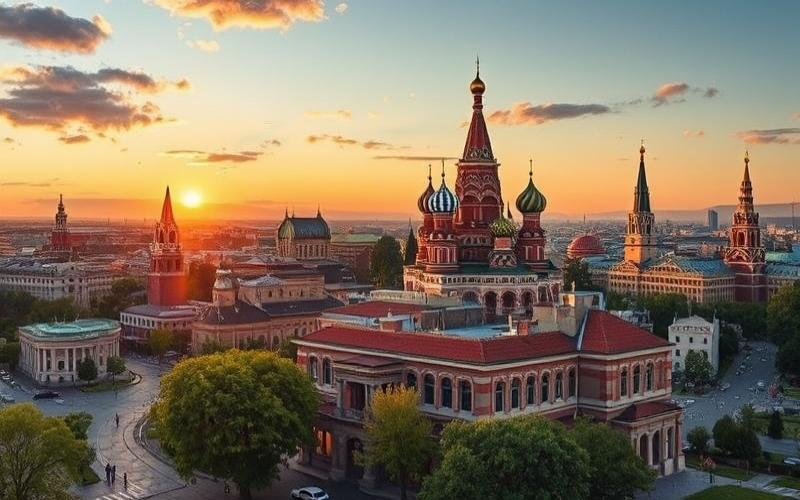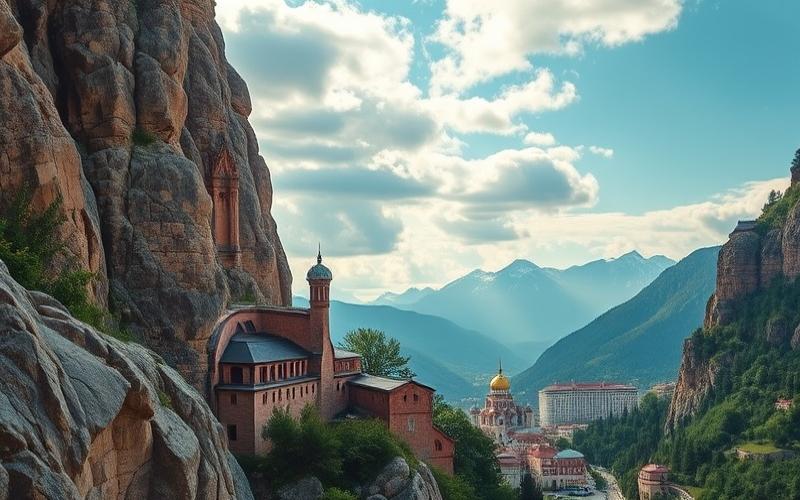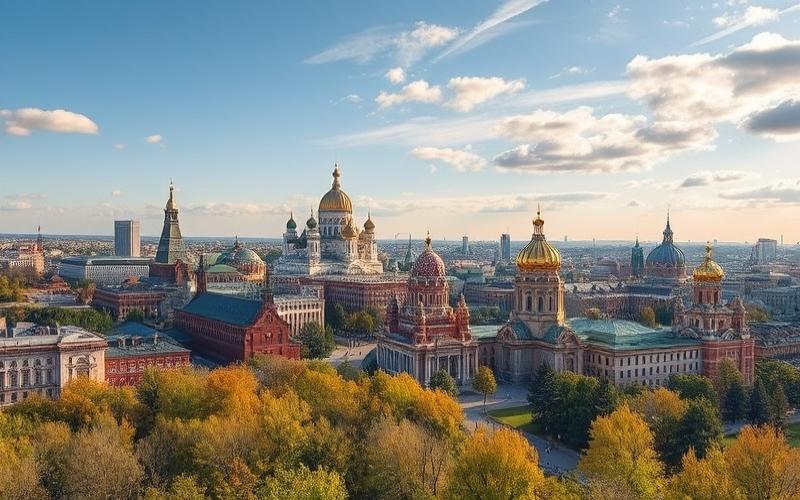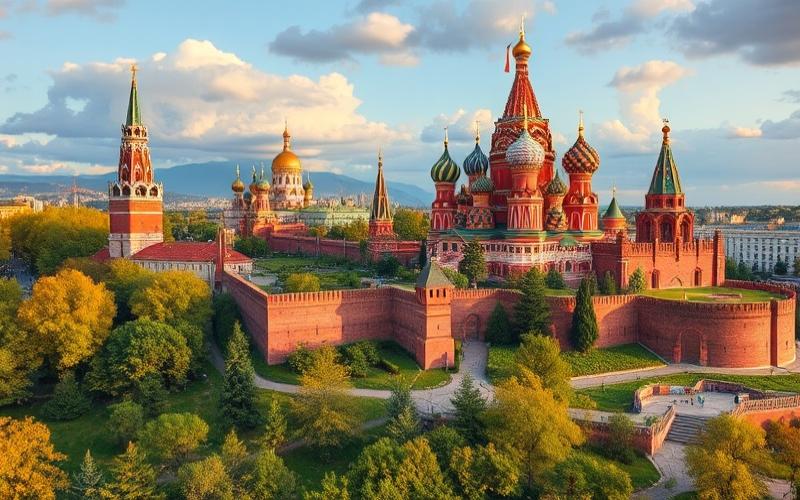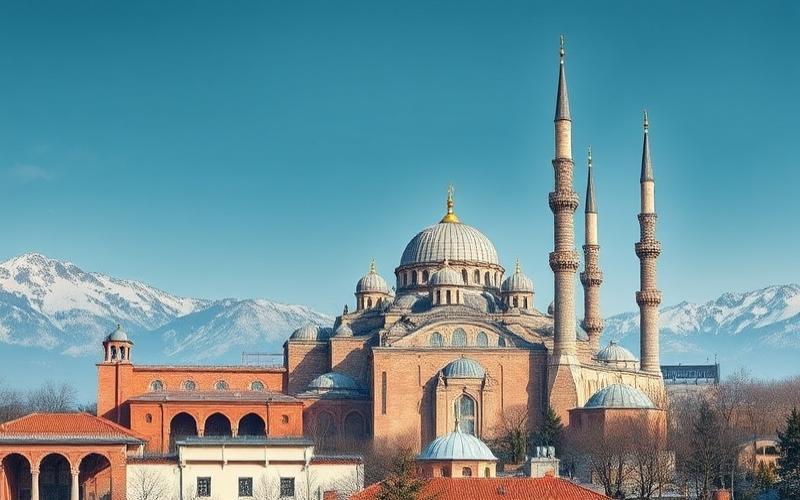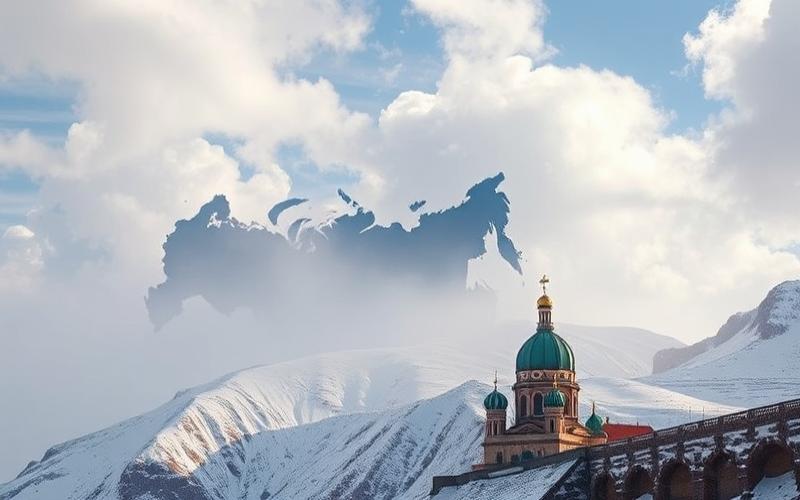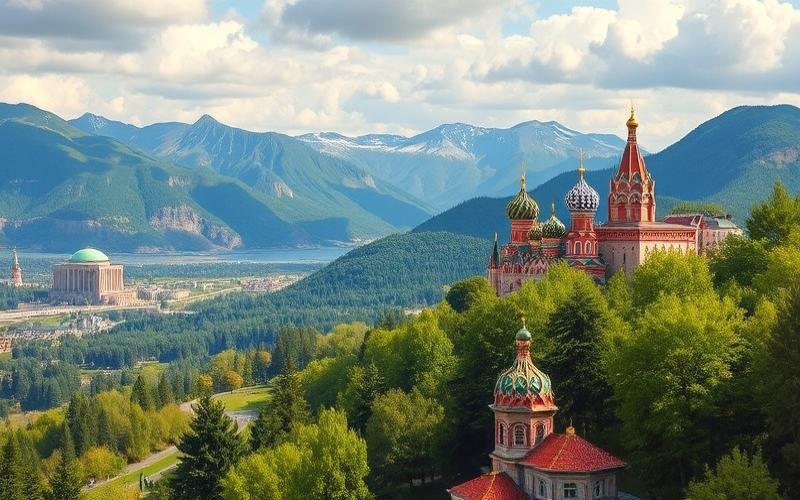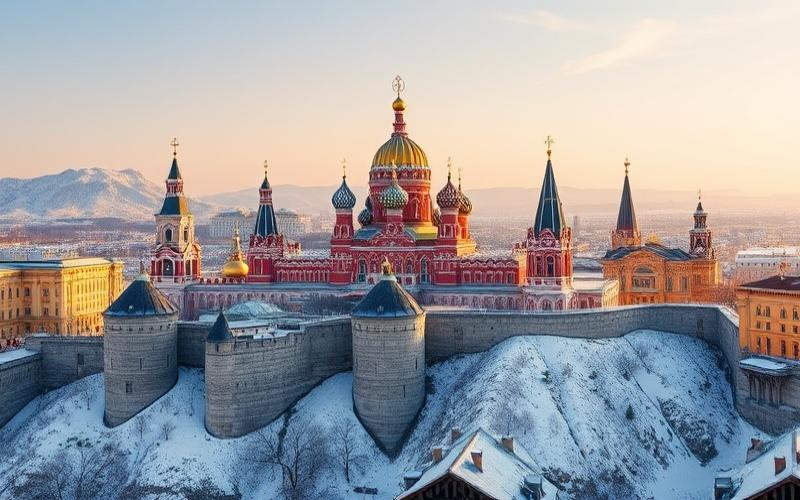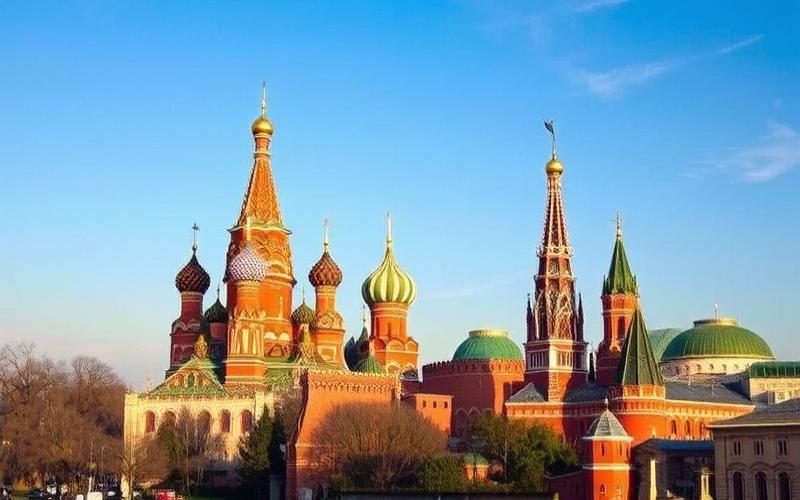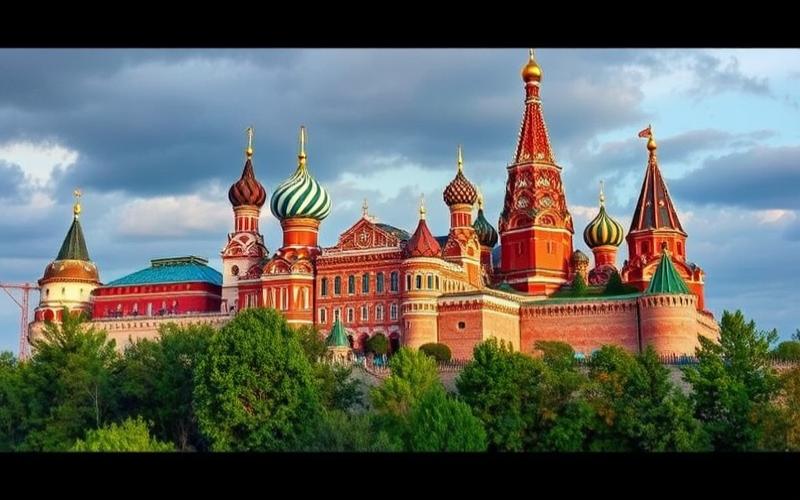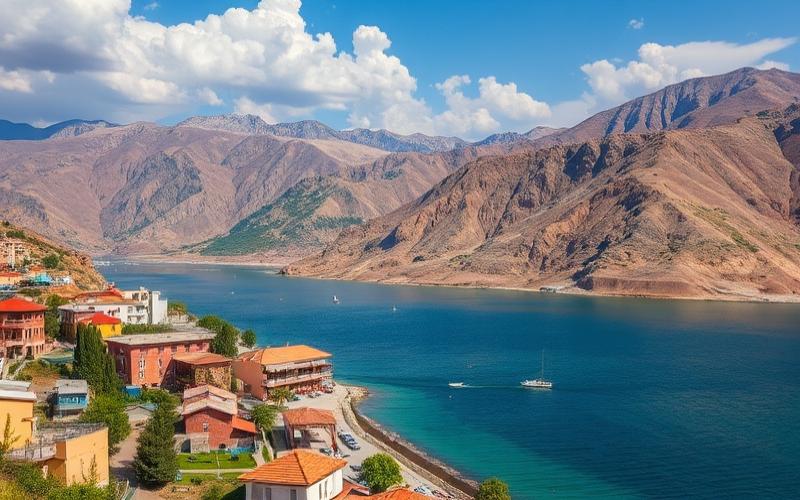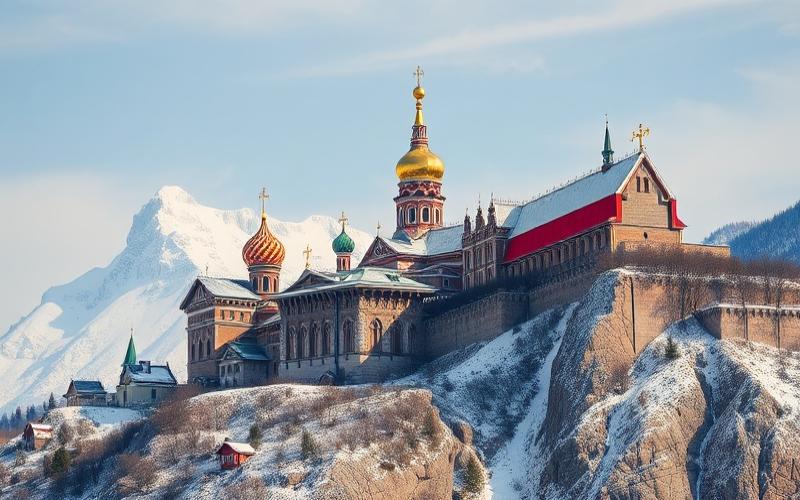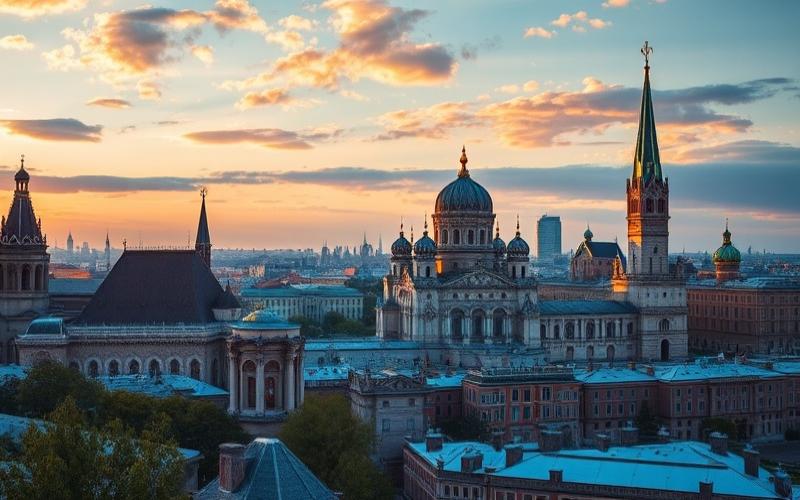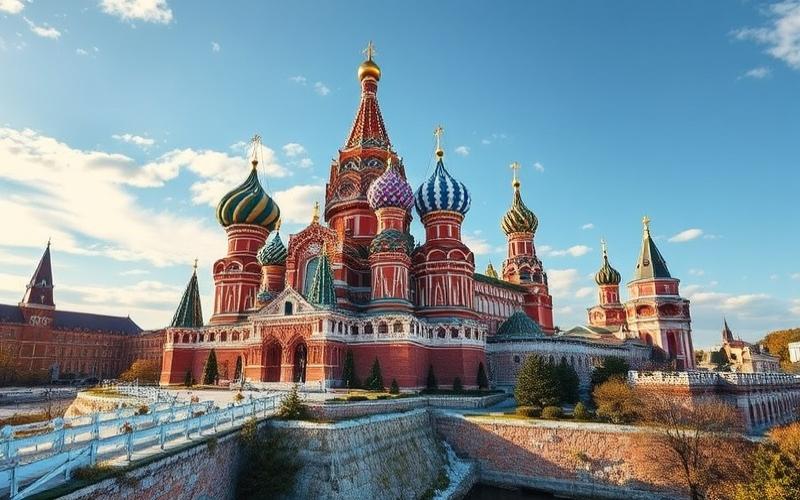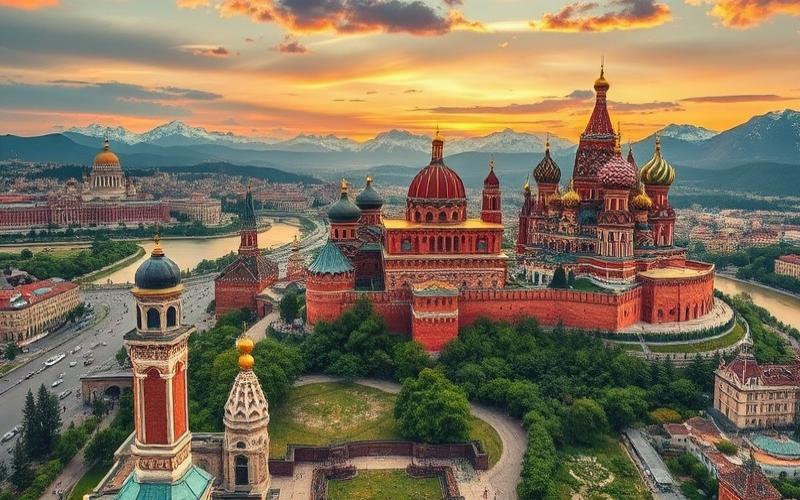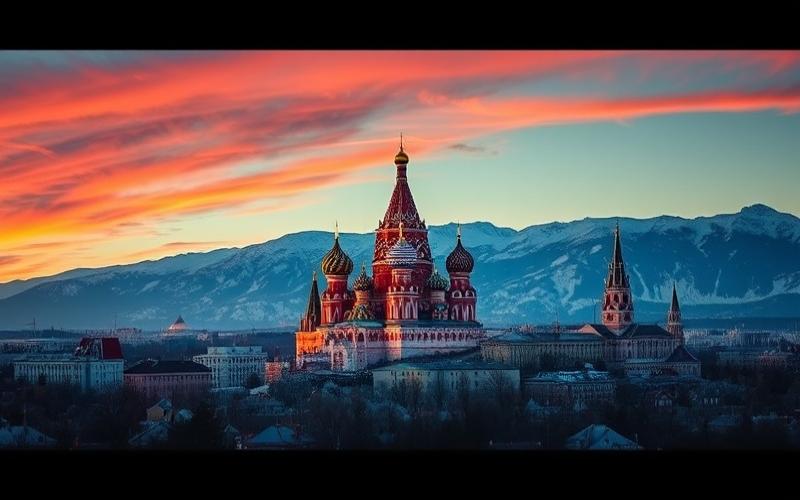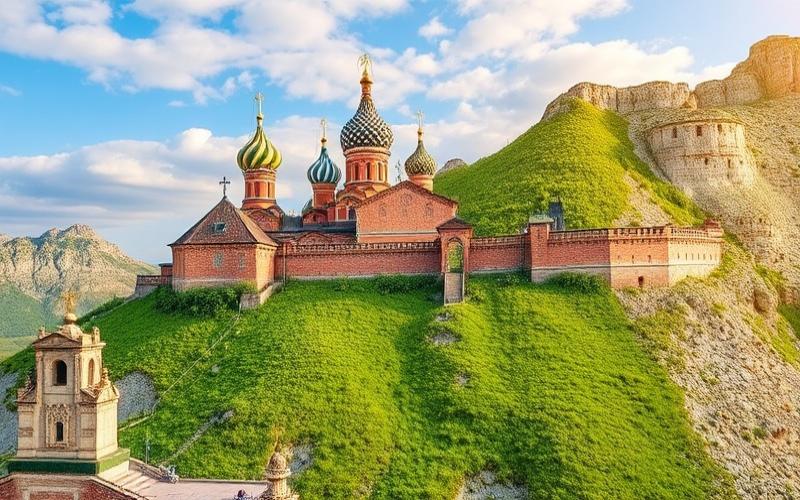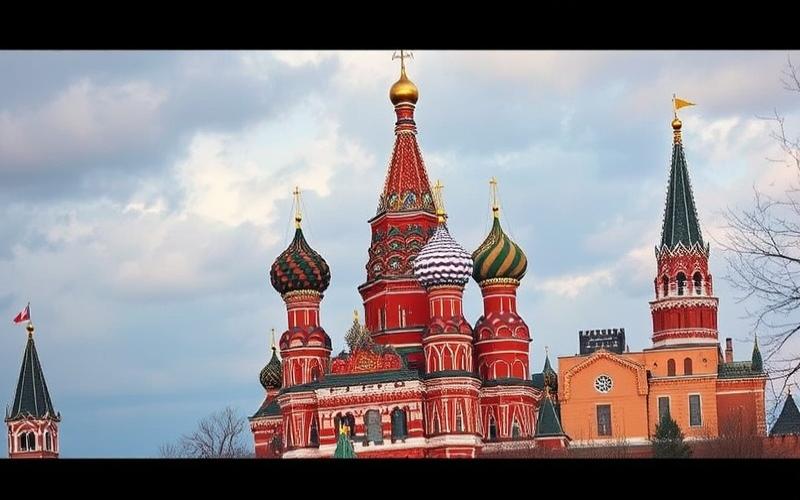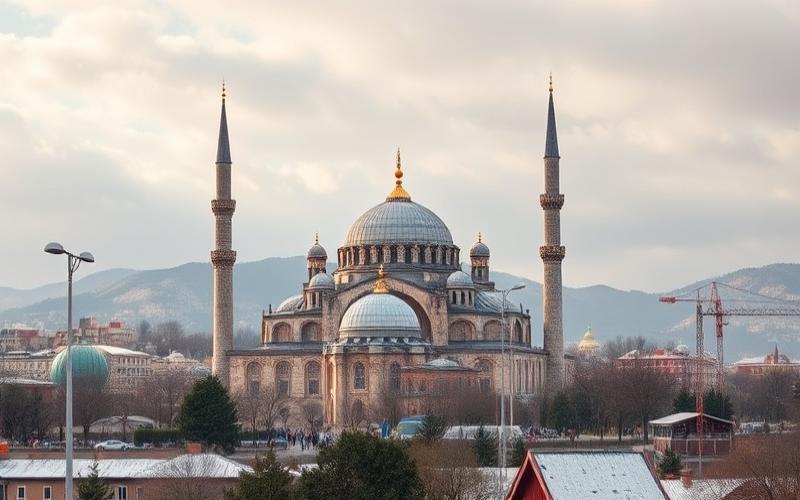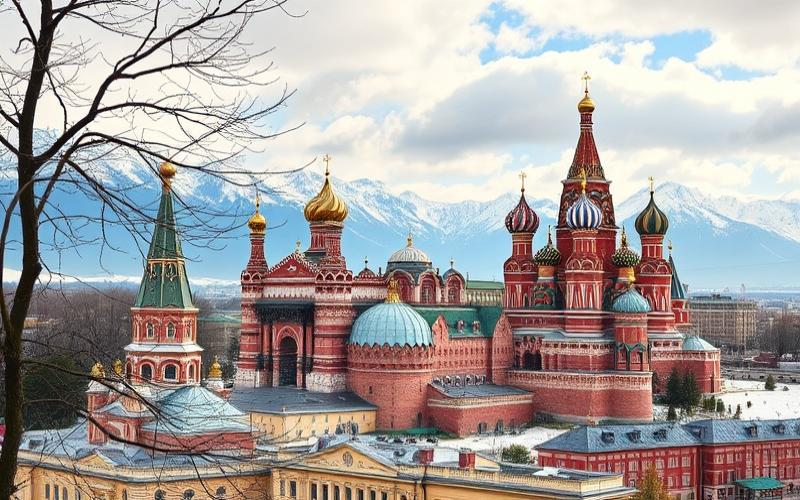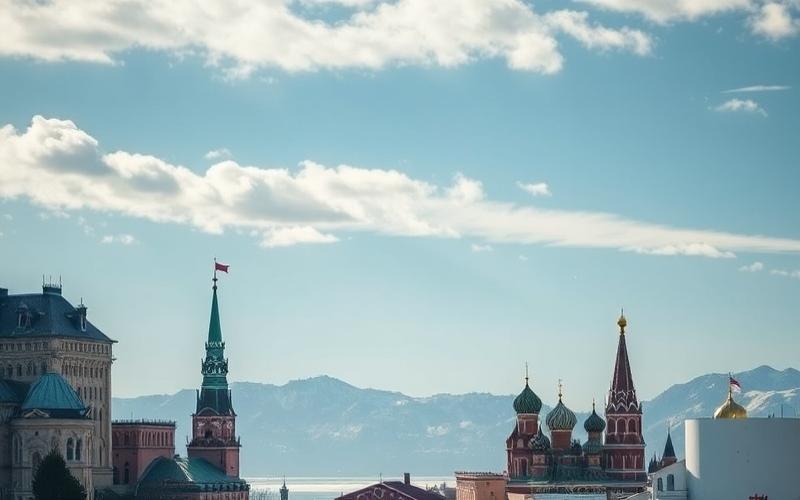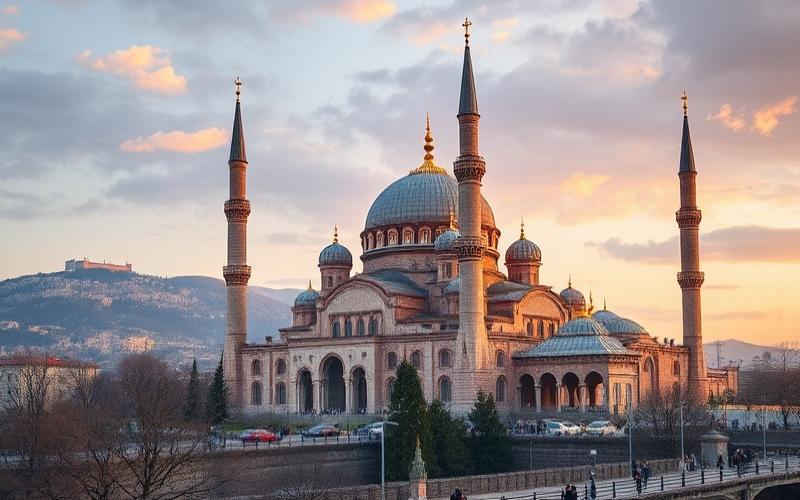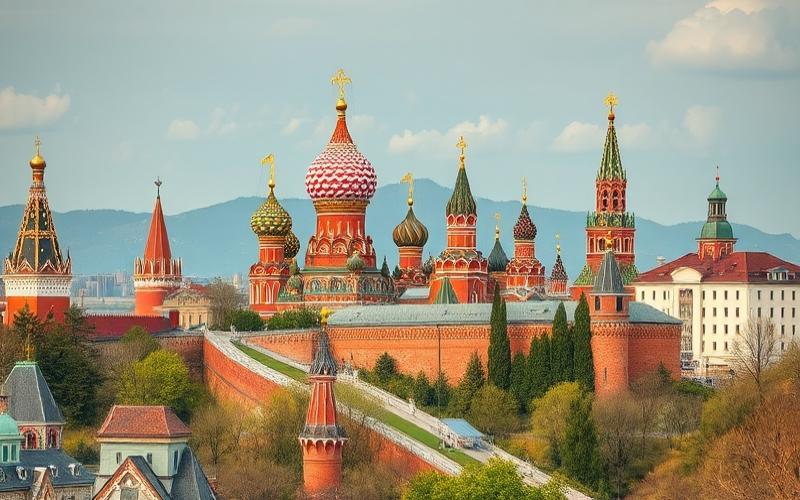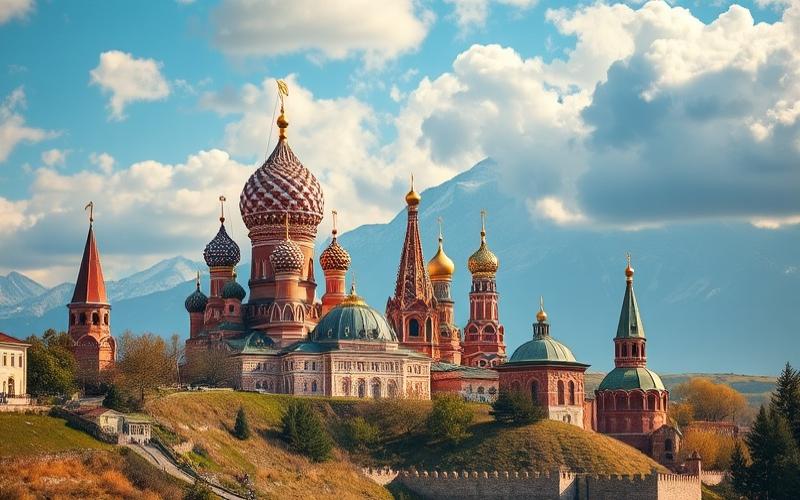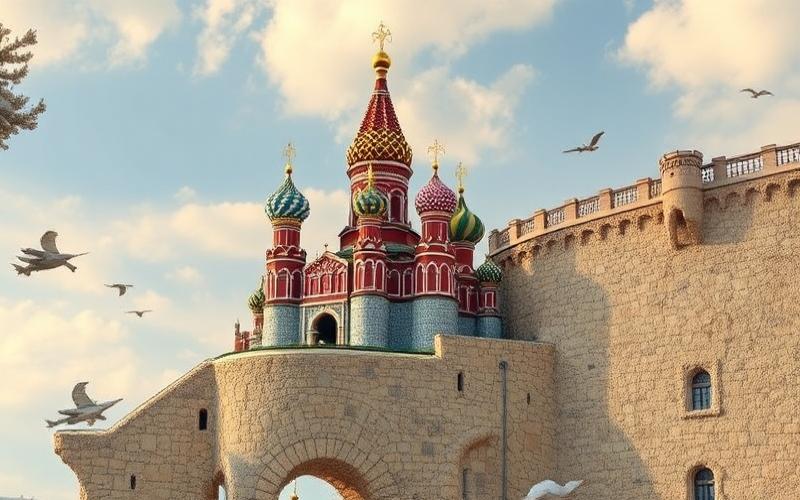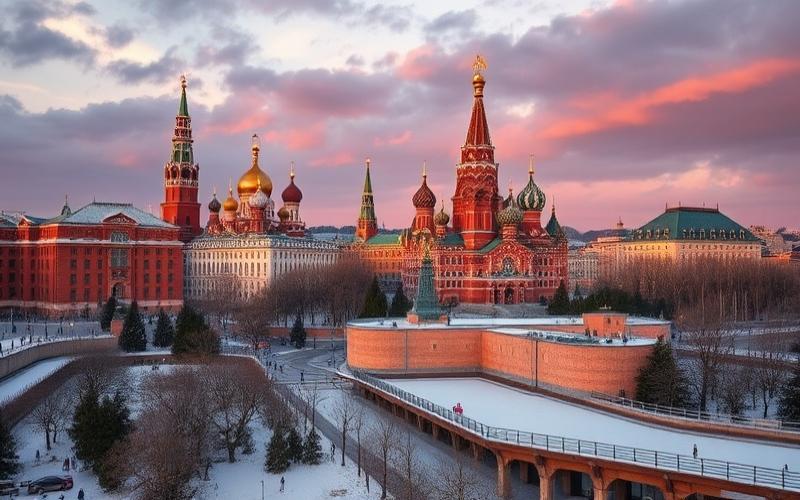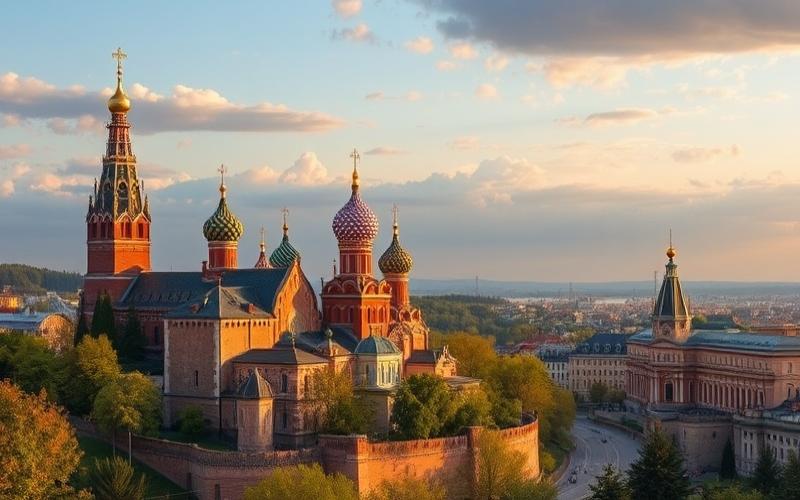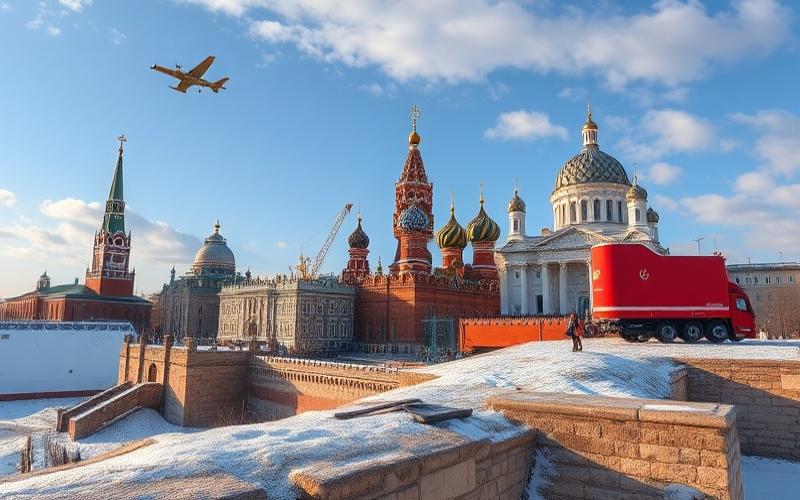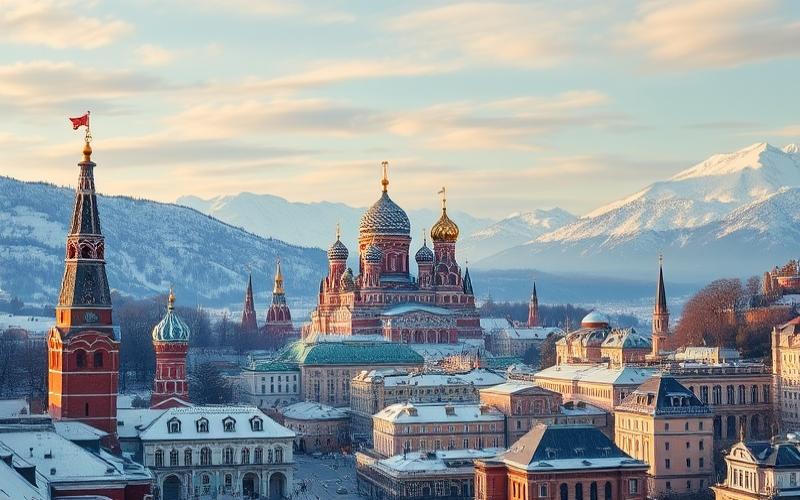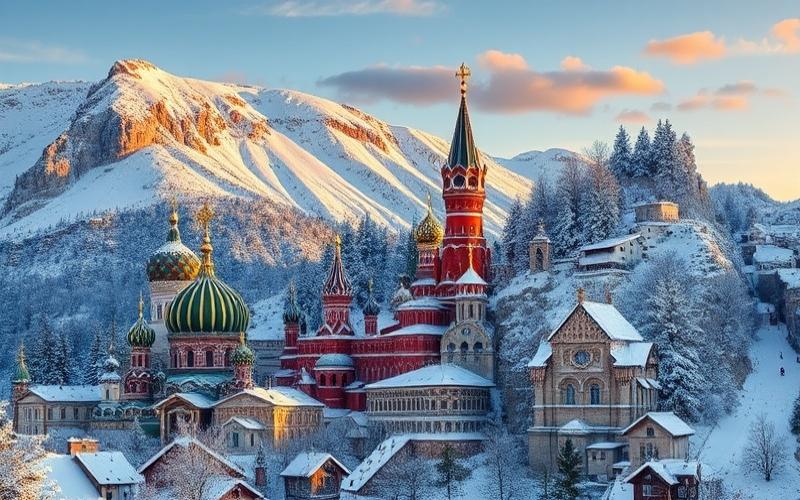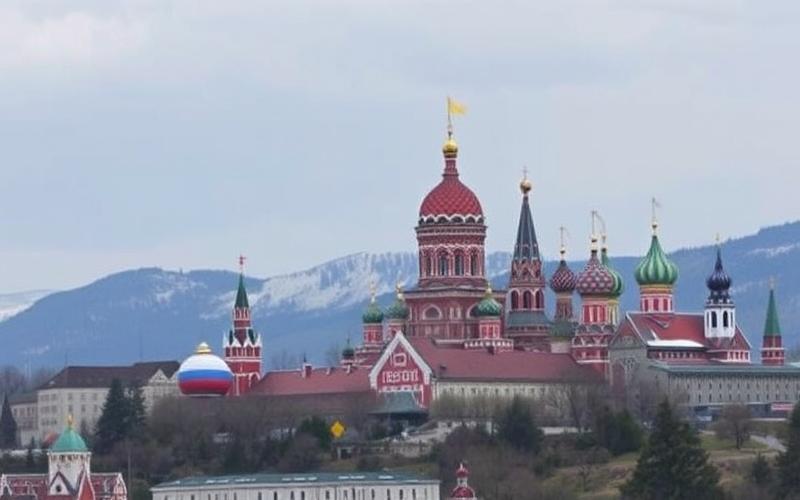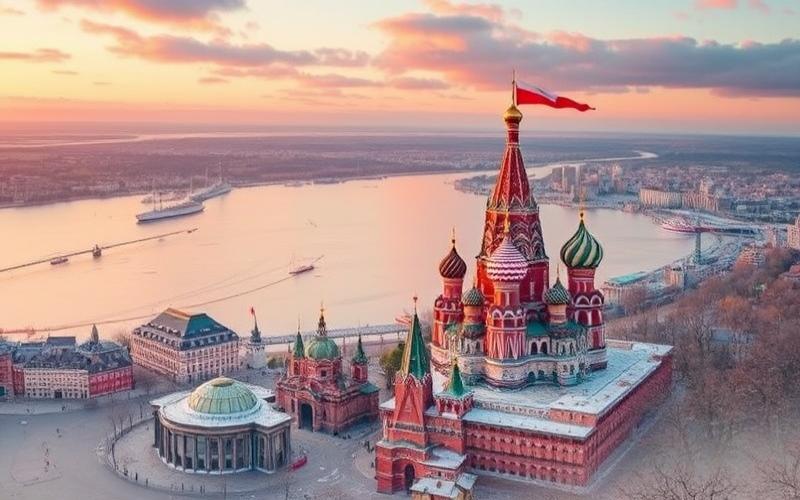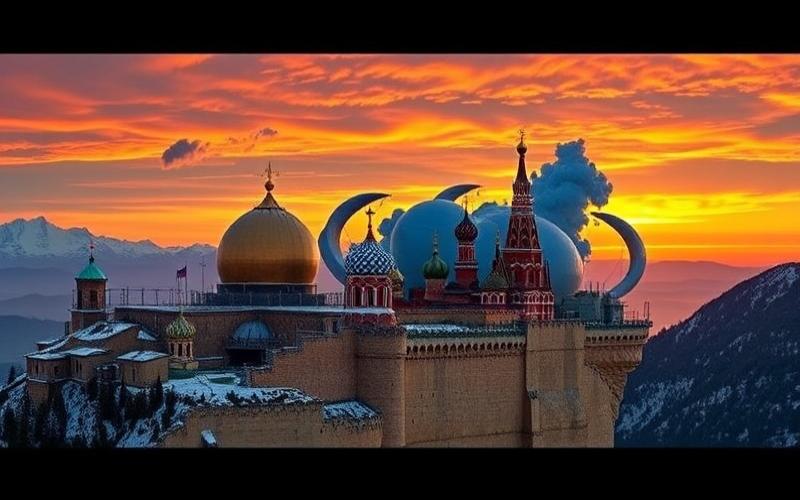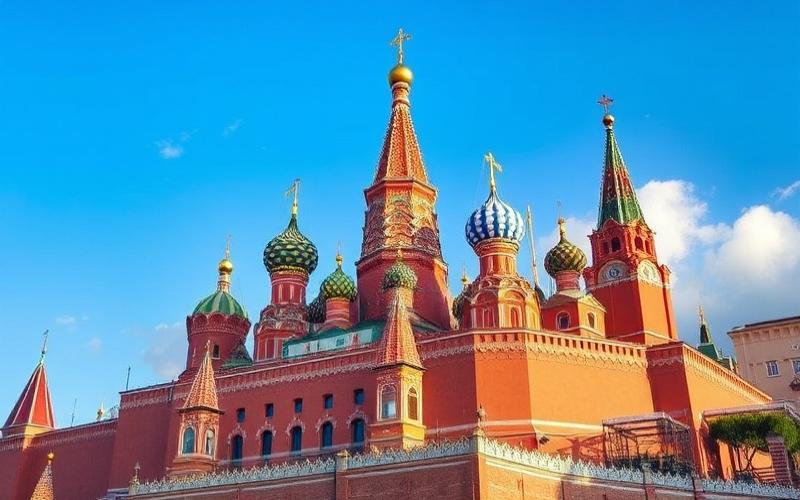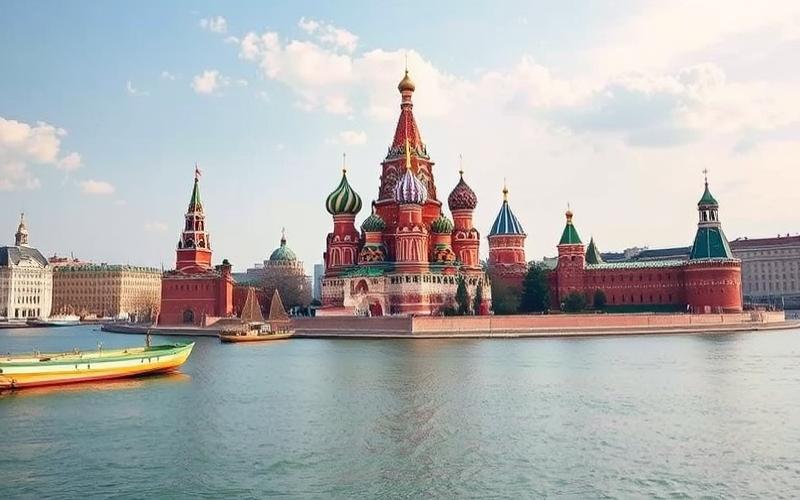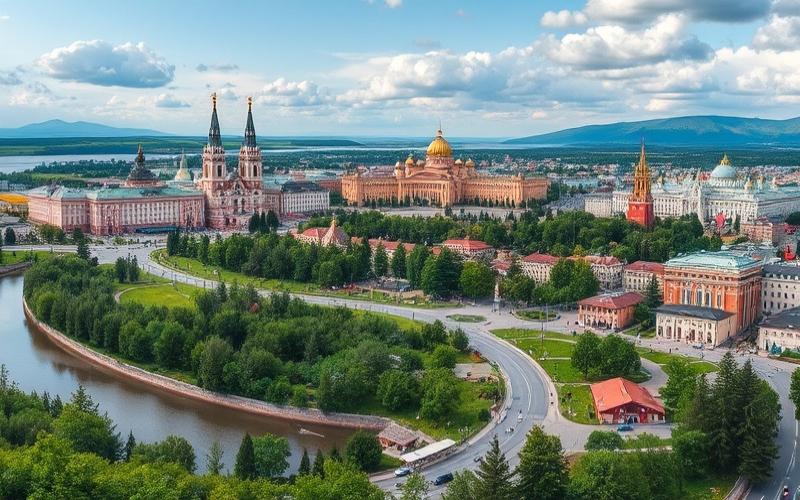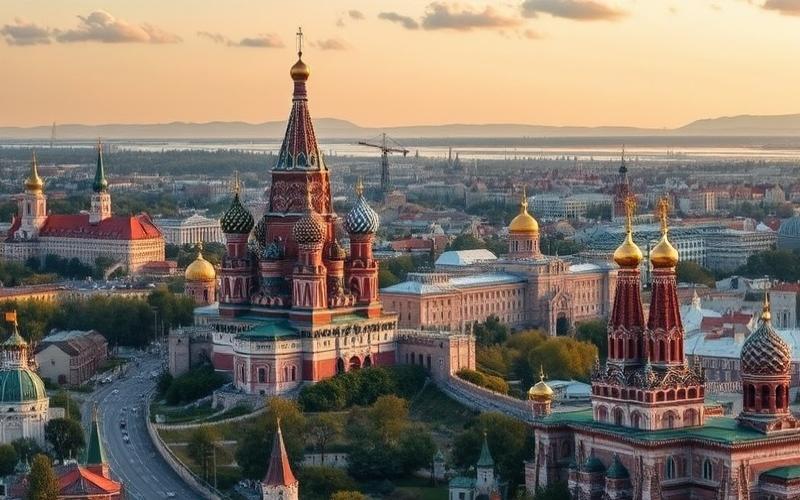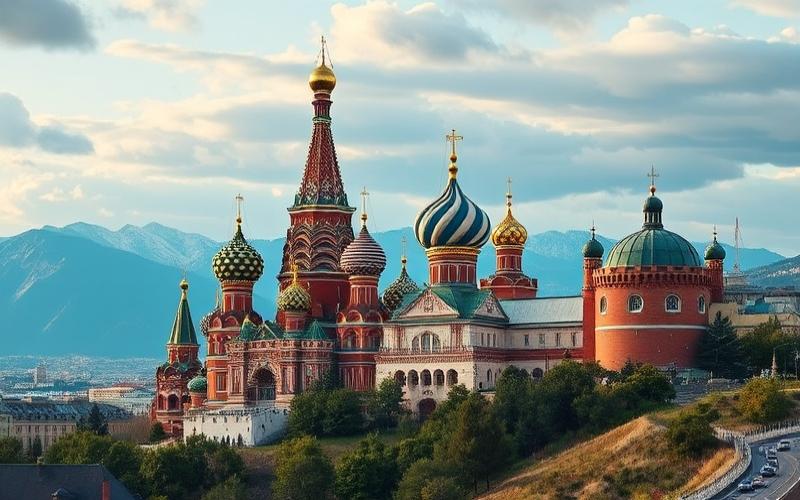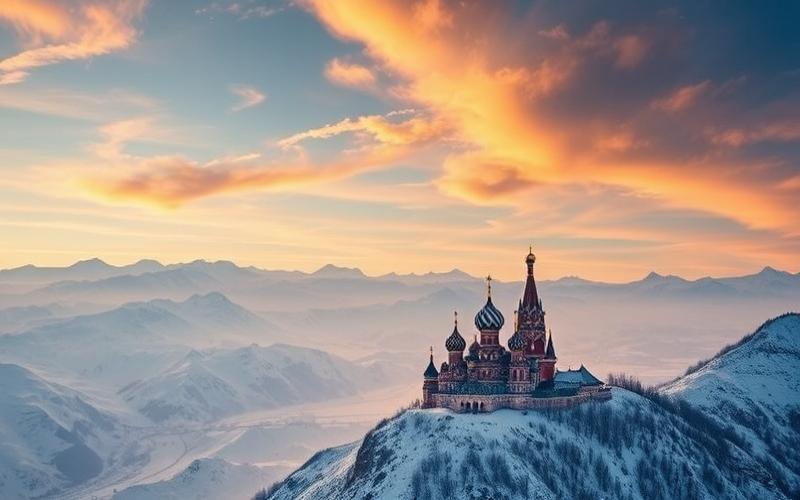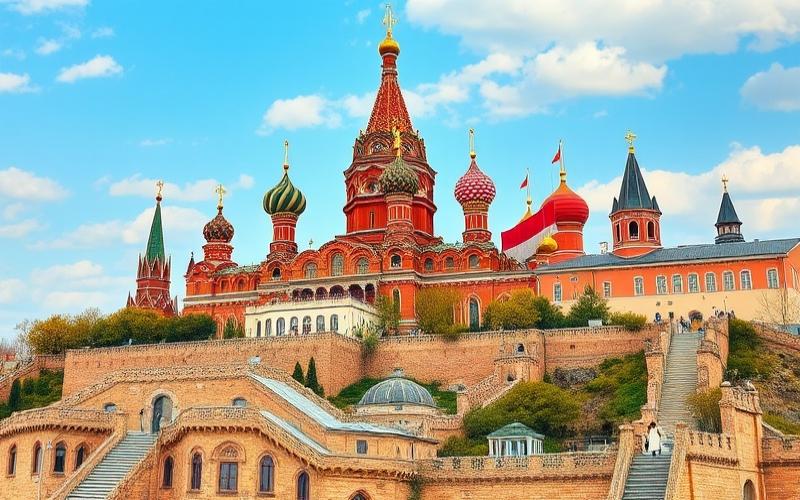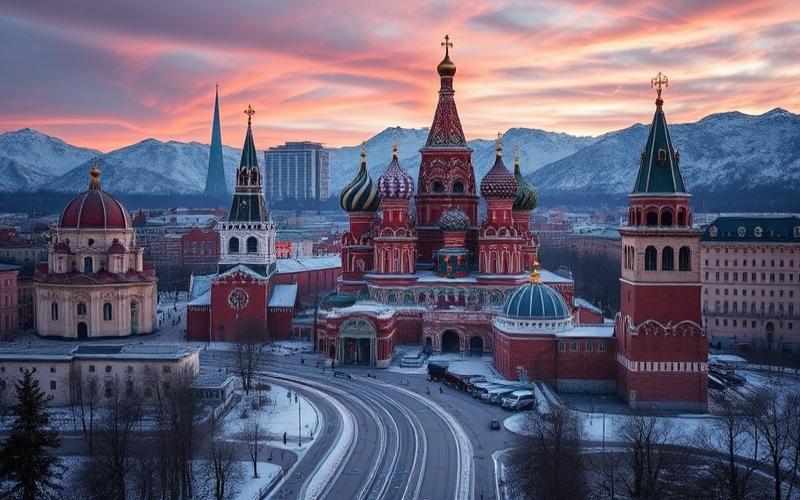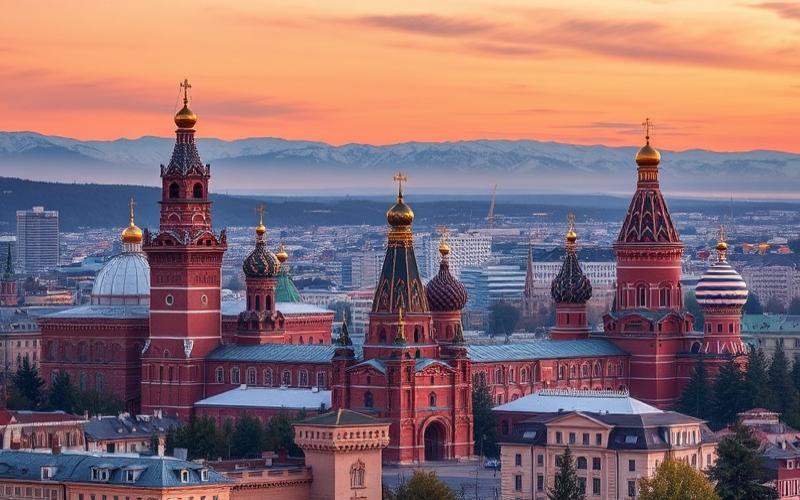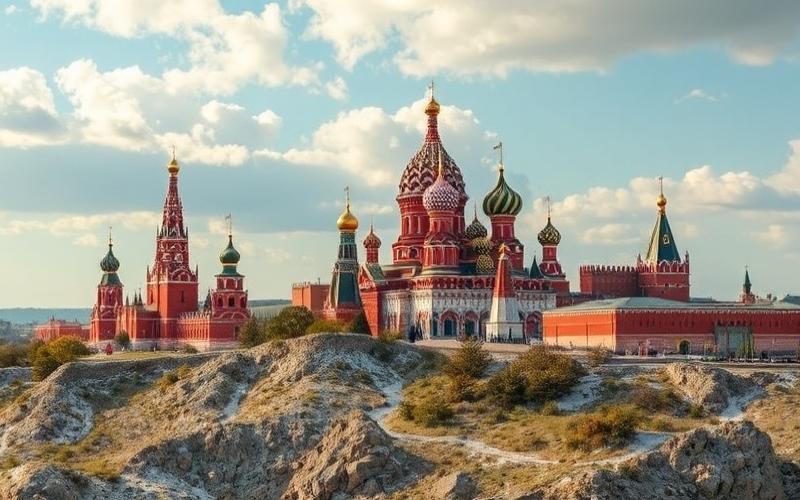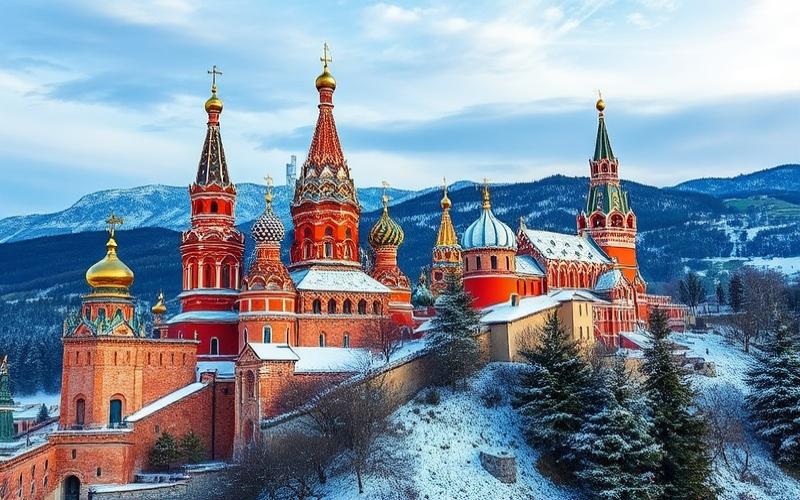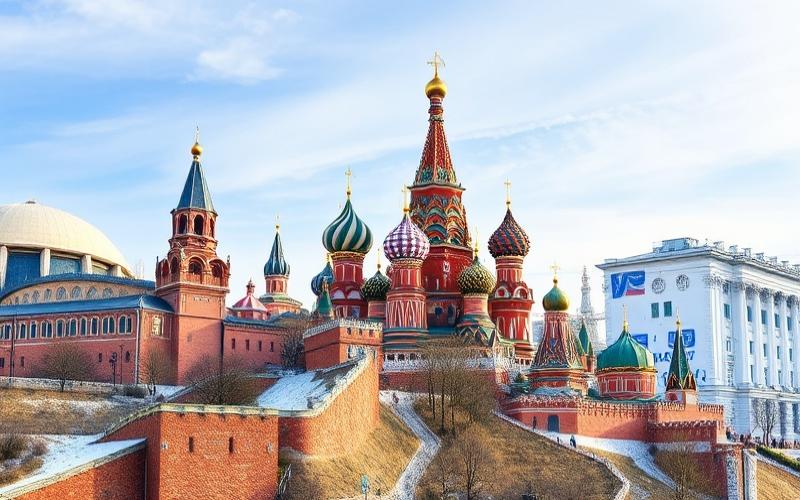
 Published on and written by Cyril Jarnias
Published on and written by Cyril Jarnias
At a time when the business world is rapidly evolving, Russia is emerging as a promising opportunity for investors seeking to diversify their portfolios. This vast territory, rich in natural resources and equipped with a skilled workforce, offers a wide range of growth sectors ready to be explored. From booming information technologies to the energy industry, and including agriculture and infrastructure, each field presents growth potential that defies traditional projections. As the country continues to strengthen its international trade relations, understanding where and how to invest can open new perspectives for bold entrepreneurs.
Introduction to the Russian Economy: An Overview of Growth Sectors
The Russian economy is currently going through a phase of marked slowdown after a temporary recovery driven mainly by increased military spending and the reorganization of the productive apparatus around defense priorities.
Recent Economic Data:
- GDP growth estimated at 1.1% in the second quarter of 2025, down from 4.3% in 2024.
- Official forecast for 2025 lowered to 1.5%.
- Sharp deceleration in growth, from 4.5% in December 2024 to just 0.4% in July 2025.
Growth Sectors and Current Drivers:
- Military-Industrial Complex: defense-related production remains the main driver, stimulated by government orders and the needs of the conflict in Ukraine.
- Energy: Russia remains one of the world’s leading producers of oil and natural gas, continuing to generate significant export revenues.
- Services: this sector accounts for 58% of GDP, with wholesale and retail trade representing a notable share, although growth is very uneven across segments.
Struggling Sectors:
- Civilian Industries: widespread stagnation, decline in furniture production (-12%), clothing (-7%), electrical equipment (-6.5%), and metallurgy (decline >10%).
- Growth outside the military sector has been virtually nil since summer 2023.
Economic Reforms and Adaptation Policies:
- Redirecting public spending toward military investment.
- Rising interest rates to contain inflation, negatively impacting credit and consumption.
- Diversifying trading partners toward Asia and the Middle East to compensate for the loss of Western markets.
Geopolitical Factors and Impact of Sanctions:
Western sanctions have deeply affected access to technologies, capital, and foreign markets, contributing to the stagnation of civilian sectors.
Russia is attempting to circumvent these restrictions through import substitution and the creation of alternative logistics chains, but the results remain limited.
Emerging Industries and Attractiveness for Foreign Investors:
| Sector | Current Dynamics | Examples of Companies/Projects |
|---|---|---|
| Defense/Armament | Sustained Expansion | Rostec, Kalashnikov |
| Energy (outside Europe) | Maintaining exports to Asia, investments in LNG | Novatek (Arctic LNG 2 project) |
| Technology/IT | Growth in security-oriented software development, sovereign cloud | Yandex, Kaspersky Lab |
| Agri-food | Import substitution, exports to Asia | Miratorg, Rusagro |
| Logistics/Transport | Development of corridors to Central Asia and China | RZD (Russian Railways) |
Notable Projects and Successes:
- Novatek continues developing the Arctic LNG 2 project, despite sanctions, relying on Asian financing and technologies.
- Yandex and Kaspersky Lab continue to grow in the domestic and international markets, benefiting from the withdrawal of Western competitors.
- Miratorg and Rusagro have increased their production and food exports, particularly to China and the Middle East.
Therefore, the Russian economy is currently largely driven by defense, energy, and certain technology segments, while the civilian industry and consumption are bearing the full brunt of the effects of sanctions and the war.
Good to Know:
Despite the impact of international sanctions, Russia’s information technology and agriculture sectors have shown strong growth, with companies like Yandex and Rusagro attracting significant foreign investment. Recent economic reforms have fostered local innovation, making the country less vulnerable to geopolitical pressures and creating a favorable environment for emerging startups.
Key Sectors to Watch for Investors in Russia
Energy Sector (Oil and Gas)
The Russian energy sector remains fundamental to the national economy, with electricity production primarily from fossil fuels: 45.1% from natural gas, 17.8% from coal, and 0.7% from oil in 2024. The country possesses the world’s largest proven natural gas reserves (44,750 billion m³), mainly located in Siberia. The company Gazprom dominates the national gas supply chain.
In July 2025, oil and gas revenues fell by 27% year-on-year, directly impacting the federal budget. Faced with international sanctions and the contraction of European markets, Russia is strengthening its partnerships with China: the “Power of Siberia 2” project plans to supply up to 50 billion m³/year to Beijing for thirty years.
The energy strategy for 2035 anticipates a strong increase in LNG (revised target to 140 Mt/year) as well as modernization of thermal power plants; however, several projects are experiencing delays due to restrictions on Western technology imports.
| Electricity Source | Share (%) in 2024 |
|---|---|
| Natural Gas | 45.1 |
| Coal | 17.8 |
| Nuclear | 17.8 |
| Hydroelectricity | — |
| Oil | 0.7 |
- Government policies favor:
- Maintaining or increasing extraction volumes.
- Geographical diversification of energy outlets.
- Support for the local industry facing sanctions.
- Trends:
- Gradual modernization toward more renewable energy (solar/wind target: 7.5% of total capacity by 2035 vs. 2% currently).
- Increased budget pressure due to declining export revenues.
Technology Industry
The Russian technology industry is experiencing rapid growth despite the challenges posed by international isolation. Dynamic segments include:
- Software development focused on artificial intelligence and cloud solutions.
- Cybersecurity: acceleration in sovereign encryption and protection against external cyberattacks.
- Significant increase in the number of innovative startups supported by the Russian Innovation Fund.
Public policies encourage:
- Digital independence through internal development of software ecosystems as alternatives to Western solutions;
- Increased investments in IT training;
- Tax incentives for high-tech companies.
Outlook:
- Medium-term: continued growth driven by the domestic market; consolidation around large local groups.
- Long-term: dependence on foreign components could limit certain advanced segments without an effective substitution strategy.
Agriculture
Russia is a major global player in grain production:
| Product | World Rank | Estimated Annual Volume |
|---|---|---|
| Wheat | #1 Exporter | ~90 Mt |
| Barley | Top #3 | — |
Agricultural policy aims for:
- Massive support for intensive agriculture
- Logistics modernization
- Regional diversification
Recent trends:
- Continuous yield increase thanks to greater mechanization
- Strengthened trade toward Africa/Middle East following the European decline
Outlook:
- Sustained growth expected if climatic conditions are favorable
- Risks related to climate fluctuations and geopolitical instability
Infrastructure Sector
The infrastructure sector is undergoing an active phase of modernization:
List of priority areas:
- Renovation of the Trans-Siberian railway network
- Extension of federal highways
- Deployment of smart electrical grids
Government policies:
- Five-year plans favoring mixed public/private financing
- Priority targeting of strategic interregional logistics
Outlook:
Medium-term: significant internal logistics gains; increased attractiveness for Asian investors.
Long-term: persistent dependence on foreign innovations for strategic equipment as long as Russian substitutes are not fully operational.
General Trends & Outlook
- Energy remains structural but suffers a lasting external shock; forced adaptation toward new Asian markets & diversification of energy mix.
- Technology benefits from strong state support but faces a structural challenge regarding access to advanced hardware.
- Agriculture consolidates its international position thanks to its unique productive potential.
- Infrastructure is evolving rapidly under public impetus but remains vulnerable to the international technical context.
Good to Know:
Energy remains crucial with oil and gas at the heart of Russian exports, while the technology sector, progressing strongly, benefits from government support for software and cybersecurity; agriculture excels thanks to record grain production and infrastructure is undergoing significant modernization, promising sustained medium-term growth.
The Impact of European Investment on the Russian Economy
European investment in Russia has historically played an important role in the country’s economic growth, although its impact has been significantly reduced since 2022 due to sanctions and geopolitical uncertainties.
| Year | Incoming FDI Flows (millions USD) | FDI Stocks (millions USD) | Number of Greenfield Investments |
|---|---|---|---|
| 2020 | 10,410 | 449,050 | 178 |
| 2021 | 38,639 | 497,690 | 156 |
| 2022* | -18,681 | 379,127 | 15 |
* Sharp drop linked to the intensification of European and international sanctions.
Main Beneficiary Sectors:
- Mining and Extractive Sector: hydrocarbons, natural gas, oil
- Manufacturing Industry: machine tools, metallurgy
- Financial and Insurance Activities
- Trade and Vehicle Repair
- Professional, Scientific, and Technical Activities
- Real Estate
- Transport and Storage
- United Kingdom: 8%
- Netherlands: 6%
- Ireland: 5%
- Luxembourg: 5%
- Germany: 4%
Effects on Russian GDP:
- European investments contributed to industrial modernization, expansion of the financial sector, and improved productivity in several key branches.
- The weight of these investments favored an annual Russian GDP growth that reached over 4% in 2023, despite the difficult context.
- The European share in trade flows remains significant; before recent sanctions, the EU accounted for about 52% of Russian foreign trade, with up to 75% of foreign FDI coming from the European Union.
Effects on Employment:
- European FDI enabled the direct or indirect creation of skilled jobs in the manufacturing, extractive, and financial sectors.
- However, since the tightening of sanctions in 2022-23, a rapid contraction of the labor market has been observed with an estimated shortage of nearly 11 million job vacancies expected by 2030, accentuated by demographic decline.
Impact on Technological Innovation:
- The arrival of European capital stimulated technology transfers mainly through greenfield investments or industrial partnerships.
- The recent reduction in flows now limits this dynamic—only 15 new greenfield projects were recorded in Russia for the entire year 2022, compared to over a hundred each year previously.
Russian Economic Policies Influencing European FDI:
List of Attractive Policies Before the Crisis:
- Late but effective accession to the WTO
- Common EU-Russia spaces to facilitate trade & innovation
- Bilateral sectoral agreements
List of Discouraging Policies Since Late 2014 / Especially Post-February 2022:
- Increased economic nationalism
- Sectoral restrictions & strengthened control over foreign capital
- Monetary instability (ruble fall)
- Strengthened administrative control & unpredictable regulatory climate
Major Challenges Affecting the Investment-Growth Relationship:
| Main Challenge | Observed Impact |
|---|---|
| European/US Sanctions | Brutal collapse of FDI (-18 Bn USD/22) |
| Ukraine War | Priority to military spending (>7% GDP) |
| Monetary Volatility | Ruble fall >30%, capital flight |
| Growing Budget Deficit | Sovereign fund halved |
In Summary:
European investments were crucial for diversifying and modernizing certain Russian sectors; they directly supported national GDP as well as the creation of highly skilled jobs while fostering technological progress. However, since late 2021-early 2022—under the combined effect of sanctions/war/political uncertainty—their weight has sharply declined in favor of public spending oriented toward defense rather than sustainable or inclusive innovative growth.
Good to Know:
In 2022, European investments accounted for 12% of Russian GDP, primarily in the energy and technology sectors; however, recent sanctions complicate market access, creating challenges for innovation and employment.
Disclaimer: The information provided on this website is for informational purposes only and does not constitute financial, legal, or professional advice. We encourage you to consult qualified experts before making any investment, real estate, or expatriation decisions. Although we strive to maintain up-to-date and accurate information, we do not guarantee the completeness, accuracy, or timeliness of the proposed content. As investment and expatriation involve risks, we disclaim any liability for potential losses or damages arising from the use of this site. Your use of this site confirms your acceptance of these terms and your understanding of the associated risks.


